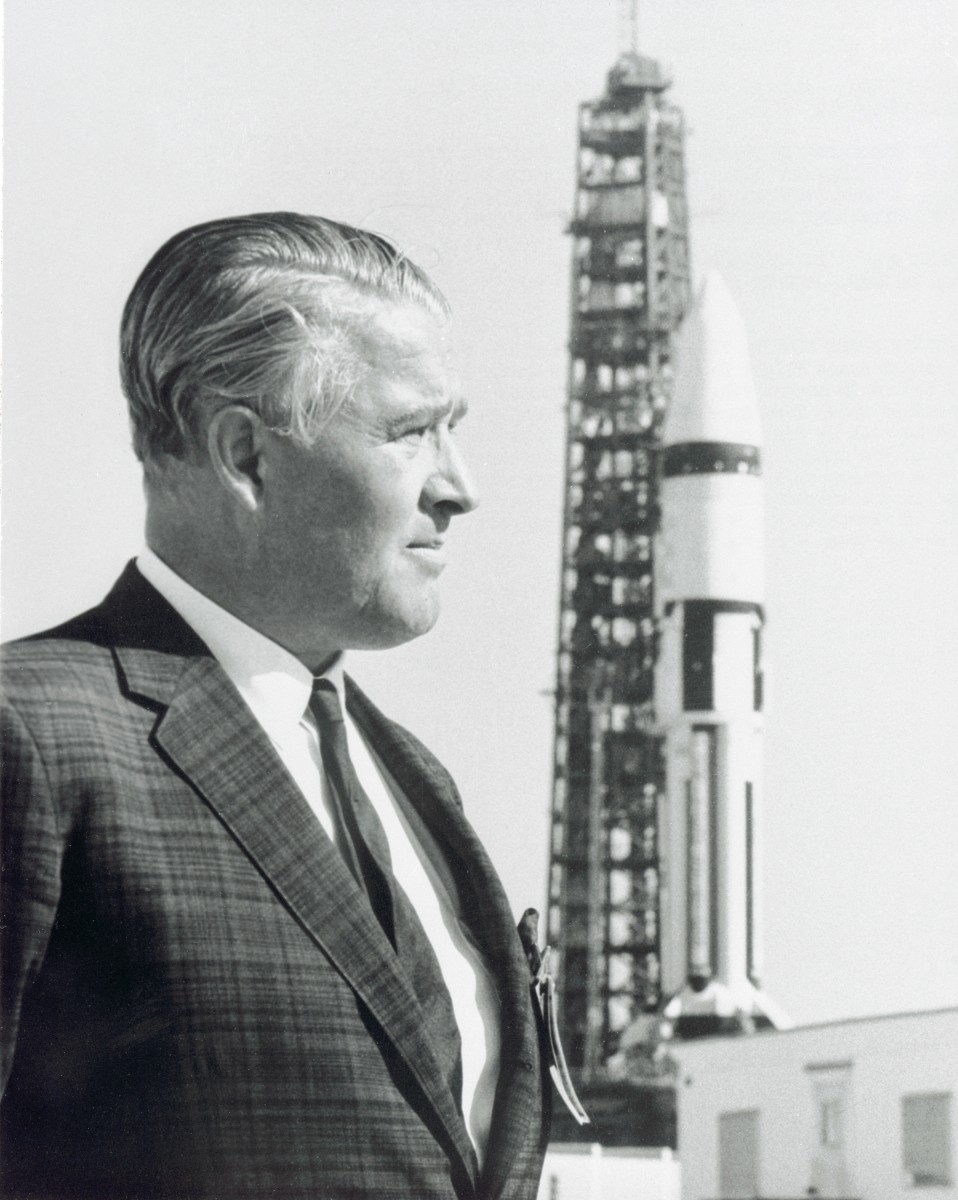
- #German space pioneer heinrich paetz series
- #German space pioneer heinrich paetz free
p41: Professor Carl Wagner was a physical chemist who would follow von Braun to the US.p40: Professor Buchhold had been the chair of electrical engineering at Darmstadt.
#German space pioneer heinrich paetz series
↑ a b c d (1979) The Rocket Team, Apogee Books Space Series 36, Category:New York: Thomas Y.
#German space pioneer heinrich paetz free
↑ a b Neufeld, Michael J (1995) The Rocket and the Reich: Peenemünde and the Coming of the Ballistic Missile Era, Category:New York: The Free Press, pp. p210h NOTE: The caption by Neufeld is for the photo that includes Mrazek. NOTE: The caption by Hunt is for the photo that includes Mrazek. ↑ Hunt, Linda (1991) Secret Agenda: The United States Government, Nazi Scientists, and Project Paperclip, 1945 to 1990, Category:New York: St.Martin's Press, pp. p148h ISBN: 0312055102. p210: In addition to Huzel and Stuhlinger, Dr Lippisch was on the Central Falls. p187: Lt Col Dr Herbert Axster was a Peenemünde staff officer. ↑ a b c d e f g h Huzel, Dieter K (1962) Peenemünde to Canaveral, Englewood Cliffs NJ: Prentice Hall, pp. p210,214 NOTES:. Dahm, Walter Dornberger, Ernst Eckert, Krafft Ehricke, Walter Häussermann, Rudolph Hermann, Hermann Kurzweg, Hermann Oberth, Georg Rickhey, and Harry Ruppe. Also ZuordnungĪlphabetical Listing AnnotationsĪdditional German World War II rocket scientists recruited to US locations other than Fort Bliss (many to Wright Field) included Werner K. 77-14246) can be viewed along with an image key at Wernher von Braun 1940's Gallery. Its photo gallery FAQ states that all of the images in the photo gallery are in the public domain "Unless otherwise noted."Ī similar photo of the group that includes the missing Mrazek (SI neg. The National Space Science Data Center (NSSDC) site has been known to host copyrighted content. Images featured on the Astronomy Picture of the Day (APOD) web site may be copyrighted. The SOHO (ESA & NASA) joint project implies that all materials created by its probe are copyrighted and require permission for commercial non-educational use. Materials based on Hubble Space Telescope data may be copyrighted if they are not explicitly produced by the STScI. These are not necessarily in the public domain. The NASA website hosts a large number of images from the Soviet/ Russian space agency, and other non-American space agencies. Use of NASA logos, insignia and emblems is restricted per U.S. However, a different source claims the Florence Nightingale group arrived Decemand included Hans Lindenberg, and Huzel confirms being informed on arrival at Fort Hunt VA that Hans Lindenberg had died at Fort Bliss (Huzel's group departed for Fort Bliss on February 21, 1946.) Additionally, Shipment 2 arrived on the USS Florence Nightingale that reportedly docked on 8 April 1946. The first group of seven ( prior to Shipment 1), including Wernher von Braun, had departed Orly Field in France on Septemin a C-54 Skymaster to Newcastle Army Air Base in the US are in the image, but six of that group (without von Braun) did not leave Aberdeen Proving Ground for El Paso until January 11 1946. One Argentina passenger was Magnus von Braun, who is pictured at Dornberger-Axter-von Braun.gif and has a similar appearance to subject 7. However, since subjects 7, 22, and 77 are unidentified by the MSFC image key, additional personnel listed at Fort Bliss in January 1947 by the JIOA are included in the Alphabetical list below for reference. 
Shipment 3 arrived via the Victory ship Central Falls on Febru included Dieter Huzel, who MSFC does not list as in the photo. Von Braun group at White Sands Proving Ground, 1946 Ĭhronology: Most subjects in this photo were in Shipment 1 that traveled to the US on the SS Argentina that arrived on November 16, 1945.


 Peenemünde's core personnel is reassembled at White Sands, New Mexico, in 1946. Members of the German rocket team who worked on rockets for Army Ordnance under Paperclip are shown at White Sands Proving Ground, New Mexico, in 1946. Von Braun Rocket Team at Fort Bliss, Texas. after World War II, subsequently working on various rockets including the Explorer 1 Space rocket and the Saturn (rocket) at NASA. Many had worked to develop the V-2 Rocket at Peenemünde Germany and came to the U.S. The group had been subdivided into two sections: a smaller one at White Sands Proving Grounds for test launches and the larger at Fort Bliss for research. Group of 104 German rocket scientists in 1946, including Wernher von Braun, Ludwig Roth and Arthur Rudolph, at Fort Bliss, Texas. Description Project Paperclip Team at Fort Bliss.jpg
Peenemünde's core personnel is reassembled at White Sands, New Mexico, in 1946. Members of the German rocket team who worked on rockets for Army Ordnance under Paperclip are shown at White Sands Proving Ground, New Mexico, in 1946. Von Braun Rocket Team at Fort Bliss, Texas. after World War II, subsequently working on various rockets including the Explorer 1 Space rocket and the Saturn (rocket) at NASA. Many had worked to develop the V-2 Rocket at Peenemünde Germany and came to the U.S. The group had been subdivided into two sections: a smaller one at White Sands Proving Grounds for test launches and the larger at Fort Bliss for research. Group of 104 German rocket scientists in 1946, including Wernher von Braun, Ludwig Roth and Arthur Rudolph, at Fort Bliss, Texas. Description Project Paperclip Team at Fort Bliss.jpg








 0 kommentar(er)
0 kommentar(er)
